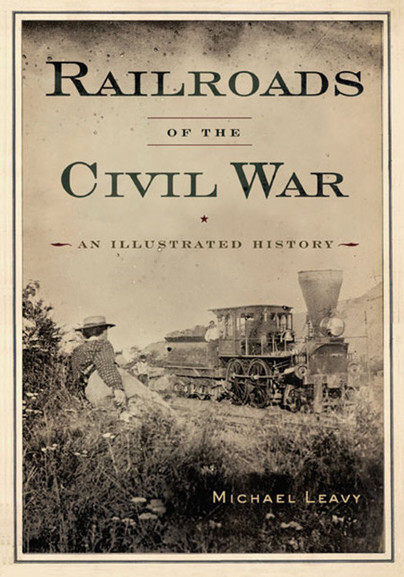Railroads of the Civil War (Paperback)
An Illustrated History and Guide
By
Michael Leavy
Imprint: Westholme
Pages: 352
Illustrations: 221
ISBN: 9781594163296
Published: 14th November 2019
Last Released: 30th September 2024
Imprint: Westholme
Pages: 352
Illustrations: 221
ISBN: 9781594163296
Published: 14th November 2019
Last Released: 30th September 2024
You'll be £19.99 closer to your next £10.00 credit when you purchase Railroads of the Civil War. What's this?
+£4.99 UK Delivery or free UK delivery if order is over £40
(click here for international delivery rates)
Need a currency converter? Check XE.com for live rates
(click here for international delivery rates)
Need a currency converter? Check XE.com for live rates
Over the course of the first half of the nineteenth century, America would find itself following two increasingly diver- gent tracks: an industrialized North and an agricultural South. By 1860 railroads were firmly entrenched in our culture, reshaping our cities and steering us through the industrial age. From sleepy post towns to the largest east coast cities, the distant hooting of the locomotive whistle drew ever closer and louder, filling listeners with fascination while brightening the eyes of profit-driven industrialists.
But this admirable invention, lavishly adorned in brass and iron trimmings, was about to take on a new and deadly role. America’s regional differences would result in a spectacular collision over slavery, and between 1861 and 1865, the nation fought a savage war. The “iron horse” became a major weapon in the first war fully dependent on railroads. Moreover railroads would escalate and prolong the war, leading to its terrible carnage. Trains were used to move troops rapidly and over great distances, completely changing military strategy. Trains were also used as mobile artillery, armed with large-caliber cannons that could pound cities and fortifications. Trains were a crucial means for supplying the armies on both sides, and it was the severing of the railway lines providing food and munitions to the Army of Northern Virginia that led to Robert E. Lee’s surrender at Appomattox Court House.
In Railroads of the Civil War: An Illustrated History Michael Leavy uses compelling period photographs and drawings and a rich narrative to reevaluate and illuminate the role of railroads in the Civil War. In addition to identifying details about the various trains and ancillary equipment and buildings in the illustrations, the author explains how trains influenced the outcome of battles and the war in general.
There are no reviews for this book. Register or Login now and you can be the first to post a review!
More titles by Michael Leavy
Customers who bought this title also bought...
Other titles in Westholme...
















